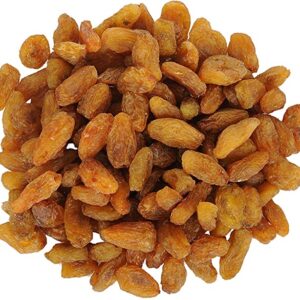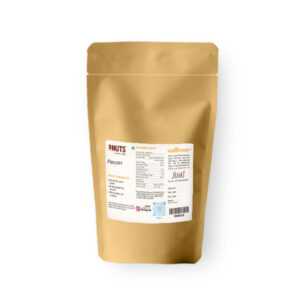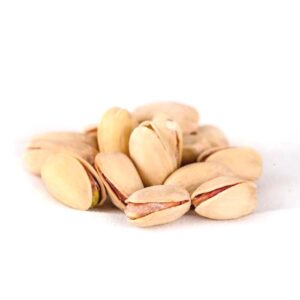Fig premium
₹900 – ₹1800
Figs are a unique fruit resembling a teardrop. They’re about the size of your thumb, filled with hundreds of tiny seeds, and have an edible purple or green peel. The flesh of the fruit is pink and has a mild, sweet taste. The scientific name for the fig is Ficus carica.
Description
Figs — and their leaves — are packed with nutrients and offer a variety of potential health benefits. They may promote healthy digestion, decrease your risk of heart disease, and help you manage your blood sugar levels.
This article reviews figs, including their nutrition, benefits, and downsides, as well as how to add them to your diet.
Fresh figs contain some calories from natural sugar, but having a few figs is a reasonable, low calorie snack or addition to a meal.
On the other hand, dried figs are high in sugar and rich in calories, as the sugar becomes concentrated when the fruits are dried.
Figs also contain small amounts of a wide variety of nutrients, but they’re particularly rich in copper and vitamin B6.
Copper is a vital mineral that’s involved in several bodily processes, including metabolism and energy production, as well as the formation of blood cells, connective tissues, and neurotransmitters.
Vitamin B6 is a key vitamin necessary to help your body break down dietary protein and create new proteins. It also plays an important role in brain health.
- Fresh figs are low in calories and contain a variety of vitamins and minerals. However, dried figs are high in sugar and calories.
- Figs have a variety of potential health benefits. They may improve digestion and decrease constipation, help manage blood fat and blood sugar levels, and kill cancer cells. However, more research in humans is needed.
- Figs may cause digestive upset or diarrhea due to their anti-constipation effects. They may also interfere with blood thinners, and some people may be allergic to them.
- Figs may have some beneficial effects on the skin, especially in people with allergic dermatitis — or dry, itchy skin as a result of allergies.
- One study in 45 children with dermatitis found that a cream made from dried fig fruit extract applied twice daily for 2 weeks was more effective at treating the symptoms of dermatitis than hydrocortisone cream, the standard treatment .
- What’s more, a combination of fruit extracts — including fig extract — was shown to exhibit antioxidant effects on skin cells, decrease collagen breakdown, and improve the appearance of wrinkles in a test-tube and animal study.
- However, it’s difficult to determine if these positive effects came from the fig extract or one of the other extracts being studied. More research is needed to determine figs’ effects on skin health.
Additional information
| Weight | N/A |
|---|---|
| Weight | 250g, 500g, 1kg |
Only logged in customers who have purchased this product may leave a review.












Reviews
There are no reviews yet.